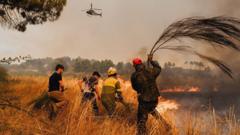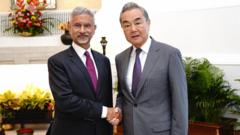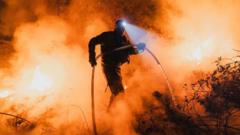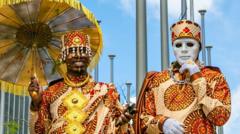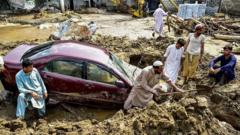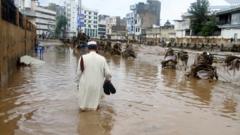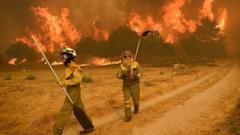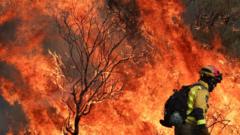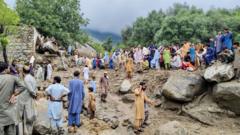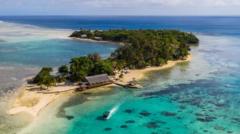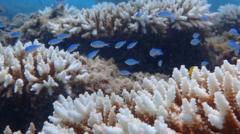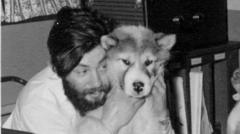The recent discovery of Peñico, a 3,500-year-old city in northern Peru, reveals its significance as a trading hub that connected coastal, highland, and jungle communities, providing insights into the region's ancient civilizations.
Discovery of 3,500-Year-Old Trading Hub in Peru Sheds Light on Ancient Civilizations

Discovery of 3,500-Year-Old Trading Hub in Peru Sheds Light on Ancient Civilizations
Archaeologists unveil Peñico, an ancient city in Peru that was integral to trade between diverse prehistoric communities.
Archaeologists have made a groundbreaking discovery with the unearthing of Peñico, an ancient city located in northern Peru's Barranca province, dating back 3,500 years. This site is believed to have played a pivotal role as a trading hub that linked early communities along the Pacific coast with groups residing in the Andes mountains and the Amazon basin. Situated around 200 kilometers north of Lima and elevated at 600 meters (1,970 feet) above sea level, Peñico is thought to have been established between 1,800 and 1,500 BC, coinciding with the rise of early civilizations in regions such as the Middle East and Asia.
Recent drone footage showcases a circular structure at the center of Peñico, surrounded by remnants of stone and mud buildings. After eight years of archaeological research, 18 structures have been identified, including ceremonial temples and residential areas. Among the found artifacts are ceremonial items, clay sculptures of human and animal figures, as well as intricately crafted necklaces made of beads and seashells.
Peñico lies in proximity to Caral, recognized as the oldest known civilization in the Americas, which emerged around 5,000 years ago in the nearby Supe valley. Caral boasts 32 monumental structures, including large pyramids and advanced irrigation systems. The distinct development of Caral suggests its isolation from other early civilizations like those in India, Egypt, Sumeria, and China.
Dr. Ruth Shady, the leading archaeologist behind the research at Peñico and the excavation of Caral in the 1990s, emphasized that this new discovery is crucial to understanding the fate of the Caral civilization, particularly after its decline due to climate change. As Dr. Shady noted, the location of Peñico made it a strategic center for trade and cultural exchange among societies from various ecological zones. At a press conference detailing these findings, archaeologist Marco Machacuay from the Ministry of Culture highlighted Peñico's importance as a continuation of Caral's legacy, reinforcing Peru's rich archaeological heritage which includes other significant sites like Machu Picchu and the Nazca Lines.

